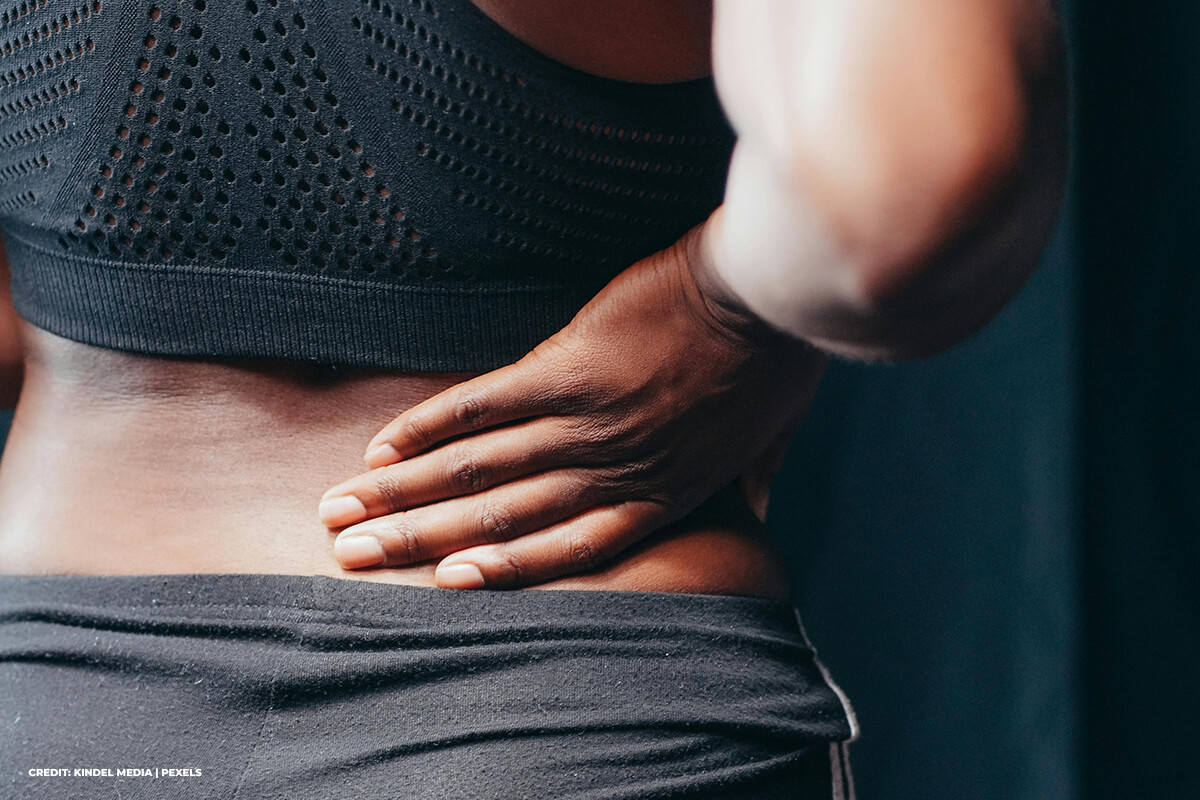Lower back pain is a pervasive problem affecting millions worldwide. It can range from a mild, nagging ache to debilitating pain that interferes with daily life. While some cases require professional medical intervention, many instances of lower back pain can be managed and improved with a combination of self-care strategies and lifestyle adjustments. This article will explore practical steps you can take to aid your recovery from lower back pain and regain your mobility and comfort.

Causes of Lower Back Pain
Before looking into recovery methods, we need to understand the potential causes of your lower back pain. Common culprits include:
-
Muscle Strains and Sprains
These are often caused by sudden movements, heavy lifting, or overuse.
-
Disc Problems
Herniated or bulging discs can put pressure on nerves, causing pain, numbness, or tingling.
-
Arthritis
Conditions like osteoarthritis can cause inflammation and pain in the joints of the spine.
-
Poor Posture
Slouching or incorrect posture can strain the muscles and ligaments in the back.
-
Sedentary Lifestyle
Lack of exercise can weaken back muscles, making them more susceptible to injury.
If your pain is severe, persistent, or accompanied by other symptoms like fever, weakness in the legs, or loss of bowel or bladder control, it’s crucial to seek medical attention immediately.
Rest and Activity: Finding the Right Balance
When experiencing acute lower back pain, a short period of rest can be beneficial. However, prolonged bed rest is generally not recommended. Excessive inactivity can weaken back muscles and prolong recovery. The key is to find a balance between rest and gentle activity.
-
Short Periods of Rest
One to two days of rest can help reduce inflammation and allow injured tissues to begin healing.
-
Gentle Movement
As pain subsides, begin incorporating gentle movements like short walks, light stretching, and simple exercises. This helps improve blood flow, reduce stiffness, and promote healing.
-
Avoid Prolonged Sitting or Standing
Maintaining one position for extended periods can exacerbate back pain. Take frequent breaks to move around and stretch.
Heat and Cold Therapy: Managing Pain and Inflammation
Heat and cold therapy are effective methods for managing lower back pain and promoting healing.
-
Cold Therapy
Applying ice packs to the affected area for 15-20 minutes at a time, several times a day, can help reduce inflammation and numb the pain. Use a towel between the ice pack and your skin to prevent ice burns. This is most effective in the first 24-48 hours after an injury.
-
Heat Therapy
After the initial inflammation subsides, heat therapy can be used to relax muscles, improve blood flow, and reduce stiffness. Options include warm baths, heating pads, or heat wraps. Be cautious not to apply heat directly to the skin for extended periods to avoid burns.
Stretching and Exercise: Strengthening and Stabilizing the Back
Regular stretching and exercise are crucial for long-term back health and pain prevention. Specific exercises can strengthen the muscles that support the spine, improve flexibility, and promote proper posture.
-
Core Strengthening Exercises
Exercises like planks, bridges, and abdominal crunches help strengthen the core muscles, which play a vital role in supporting the spine.
How to Perform the Plank:
The plank, also known as the front bridge, is a great core exercise.
- Position yourself with your elbows on the ground, shoulders directly over your elbows. The key here is maintaining proper back alignment. Avoid letting your back arch upwards or sag downwards. Your core muscles should be engaged, and your hips should be in a neutral pelvic position, forming a straight line from your shoulders to your heels, like a plank. You may need someone to check your form initially to ensure your back isn’t arched or your buttocks aren’t sticking out.
- To perform the exercise, hold this position, ideally working your way up to 10 seconds.
- Then, rest for a few seconds (two or three breaths).
- Repeat this process: hold for 10 seconds, rest, and repeat again.
-
Stretching Exercises
Stretching the hamstrings, hip flexors, and lower back muscles can improve flexibility and reduce stiffness. Examples include knee-to-chest stretches, hamstring stretches, and cat-cow stretches.
-
Low-Impact Aerobic Exercise
Activities like walking, swimming, and cycling can improve cardiovascular health and strengthen back muscles without putting excessive stress on the spine.
Consult with a healthcare professional or physical therapist before starting any new exercise program, especially if you have chronic back pain. They can help you develop a personalized exercise plan that is safe and effective for your specific condition.
Proper Posture and Body Mechanics: Preventing Future Pain
Maintaining proper posture and using correct body mechanics when lifting or performing other activities can significantly reduce the risk of back pain.
-
Good Posture
When standing, keep your shoulders relaxed, your head level, and your weight evenly distributed on both feet. When sitting, use a chair with good back support and keep your feet flat on the floor.
-
Proper Lifting Techniques
When lifting heavy objects, bend your knees, keep your back straight, and lift with your legs. Avoid twisting or jerking movements.
-
Ergonomics
Ensure your work environment is ergonomically designed to promote good posture and reduce strain on your back. This may involve adjusting your chair, computer monitor, and keyboard.
Lifestyle Modifications: Supporting Back Health
Certain lifestyle factors can contribute to or exacerbate back pain. Making positive changes can significantly improve back health and aid recovery.
-
Maintain a Healthy Weight
Excess weight puts added stress on the spine. Losing even a small amount of weight can make a significant difference.
-
Quit Smoking
Smoking reduces blood flow to the spine, which can impair healing and increase pain. Also, according to the University of Rochester Medical Center’s Health Encyclopedia, “Smoking increases your risk for osteoporosis, a bone-thinning disease that can lead to back pain.”
-
Manage Stress
Stress can cause muscle tension, which can contribute to back pain. Techniques like deep breathing, meditation, and yoga can help manage stress.
-
Sleep on a Supportive Mattress
A firm mattress can provide better support for the spine and promote proper alignment.
Seeking Professional Help: When to Consult a Healthcare Provider
While self-care strategies can be effective for managing many cases of lower back pain, it’s crucial to seek professional help if:
- Your pain is severe or doesn’t improve within a few weeks.
- Your pain is accompanied by other symptoms like fever, weakness in the legs, or loss of bowel or bladder control.
- You have a history of back injuries or other medical conditions that may be contributing to your pain.
Healthcare professionals, such as chiropractors, physical therapists, and physicians, can provide a comprehensive evaluation, diagnose the underlying cause of your pain, and recommend appropriate treatment options.
If you are experiencing persistent lower back pain and are seeking professional chiropractic care, contact Fairway Chiropractic Centre to schedule a consultation. We can provide personalized treatment plans to help you find relief and improve your spinal health.
Call us at at 519-748-5535.











